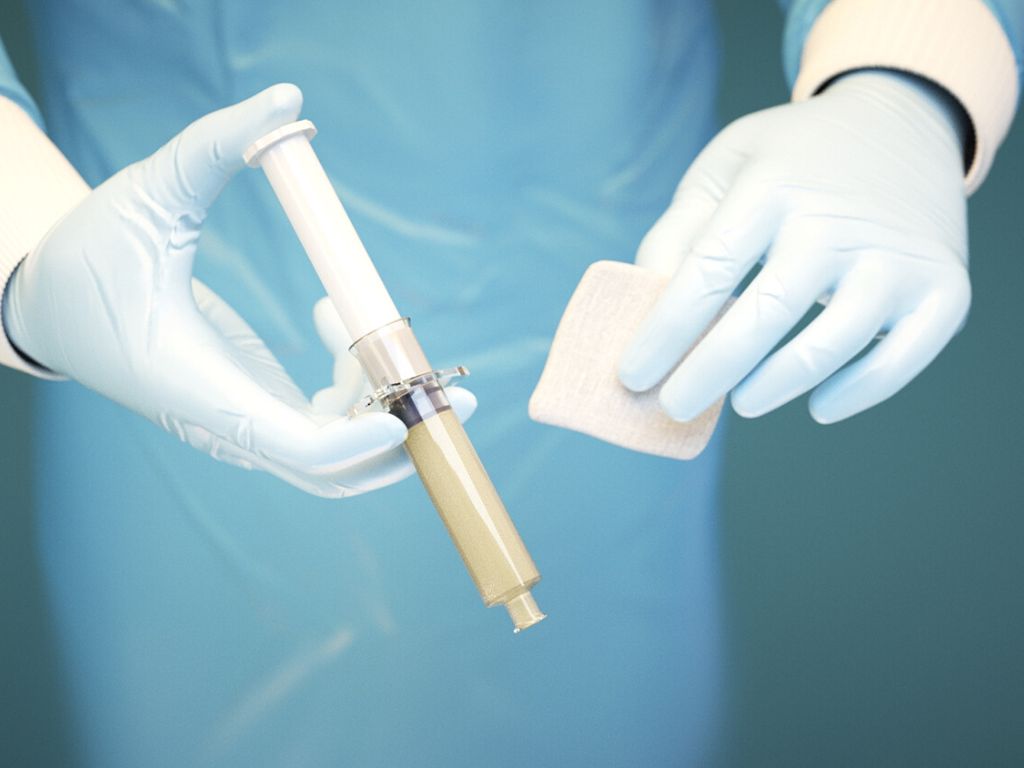3 Mins Read
Brooklyn-based Cresilon has developed an innovative hemostatic gel for wound treatment in animals. With its $25 million Series A funding, the company is working to bring the life-saving tech to humans.
Cresilon’s plant-based gel technology has revolutionized wound treatment. The new funding, led by Paulson Investment Co., will accelerate its plans to expand its placement and bring the product to human markets.
“We are extremely pleased with the progress that Cresilon has made in terms of market penetration, operational expansion, and strategic initiatives, and we will continue to invest in our business to further accelerate that progress,” Joe Landolina, CEO and Co-Founder of Cresilon, said in a statement. “We greatly appreciate the continued support of our investors as we continue to advance our mission of saving lives.”
“We are pleased to have facilitated this significant capital raise during a period of time of extreme market volatility,” said Thomas Parigian, Senior Managing Partner at Paulson Investment Company. “The strong demand for investment in Cresilon despite market conditions is a direct reflection of the strength of the company’s leadership and the developing global footprint of its innovative and disruptive technology.”
Developing the human market for Vetigel
Cresilon uses a novel tech for Vetigel, the first hemostatic gel approved for the pet market. But the company says it has wider applications, including for emergency and surgical treatments. The funding will now help the company enter the human market following its 510(k) premarket notification to the FDA submitted last December.

Traditional hemostatic technologies work either by absorbing blood through dense gauze or sponges. There are also biochemical options that use active ingredients such as thrombin or fibrin to promote clotting. Both of these techniques require the addition of sustained pressure. This is not always feasible for some wound types and situations.
Landolina, who grew up with a love for chemistry, began looking into wound healing and plant-based materials as a teenager. His experimenting led him to submit the idea to New York University’s business plan competition in 2010 while he was still a freshman. Cresilon’s technology pulls from that early research, bridging two plant-based polysaccharides that in gel form, stop bleeding on contact, without the need for pressure. The gel allows the body to naturally form its own clots.
Penetrating ballistic-like brain injury research
The new funding follows Cresilon’s announcement last month that it partnered with Walter Reed Army Institute of Research (WRAIR)—the largest biomedical research facility administered by the Department of Defense. That Cooperative Research and Development Agreement will see Cresilon support development of technologies to treat soldiers suffering from traumatic brain injuries sustained during battle.
There is currently no treatment for addressing penetrating ballistic-like brain injury. Since Cresilon’s hemostatic gel technology works in seconds without applying manual pressure, it could prove life-saving on battlefields.

“Cresilon is extremely proud and honored to be supporting the DoD and WRAIR in this critically important work,” Landolina said of the partnership. “This collaboration is a testament to the potential of our technology, and we are truly hopeful that it can make a difference in the treatment of TBI and in the precious lives of our soldiers.”
According to a report from Baylor University Medical Center, more than half of people with traumatic injuries, including hemorrhaging, die within minutes of the accident or injury. Nearly 2 million people worldwide die from hemorrhaging every year.
“There is a strong need for a broad indication hemostatic device that works quickly, effectively, and across multiple types of bleeds,” Landolina told MedGadget in April. “Existing technologies currently on the market require long periods of manual pressure, are difficult to apply, and are poorly suited to work on all types of bleeds.”
Lead image courtesy Cresilon.




